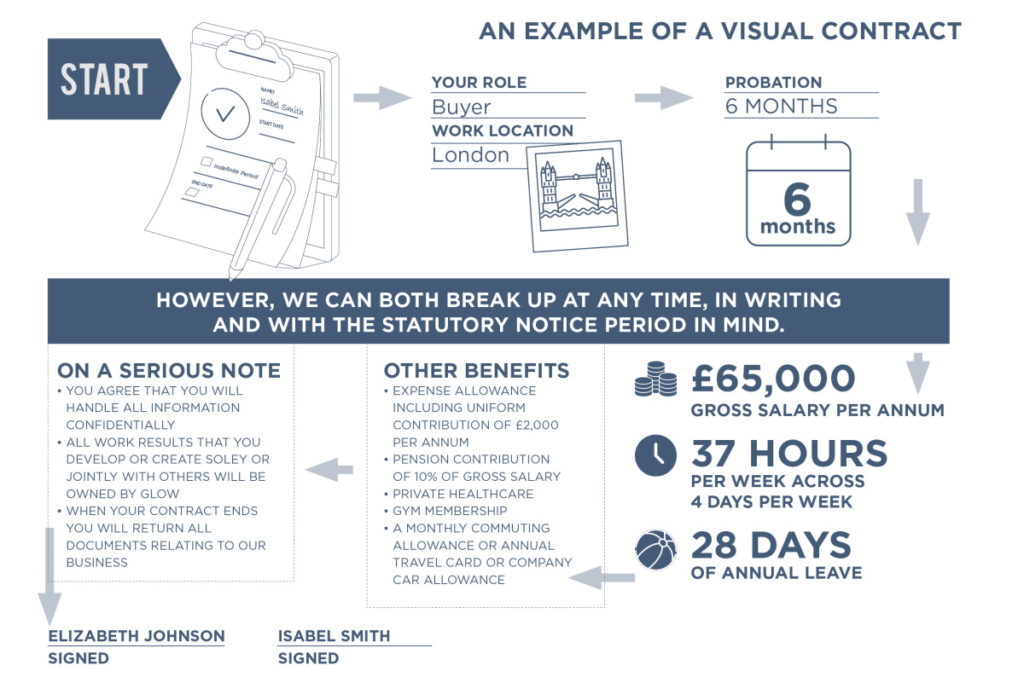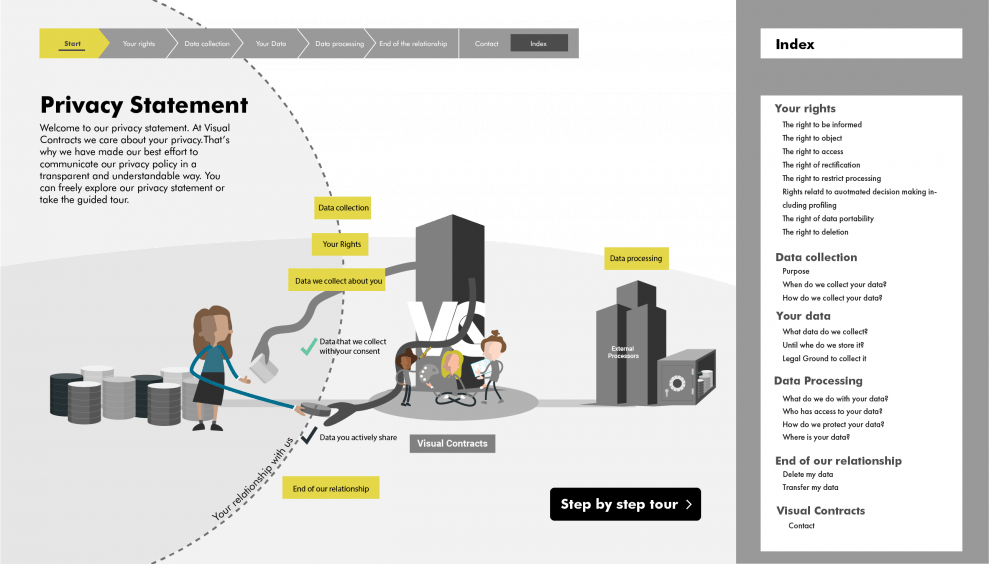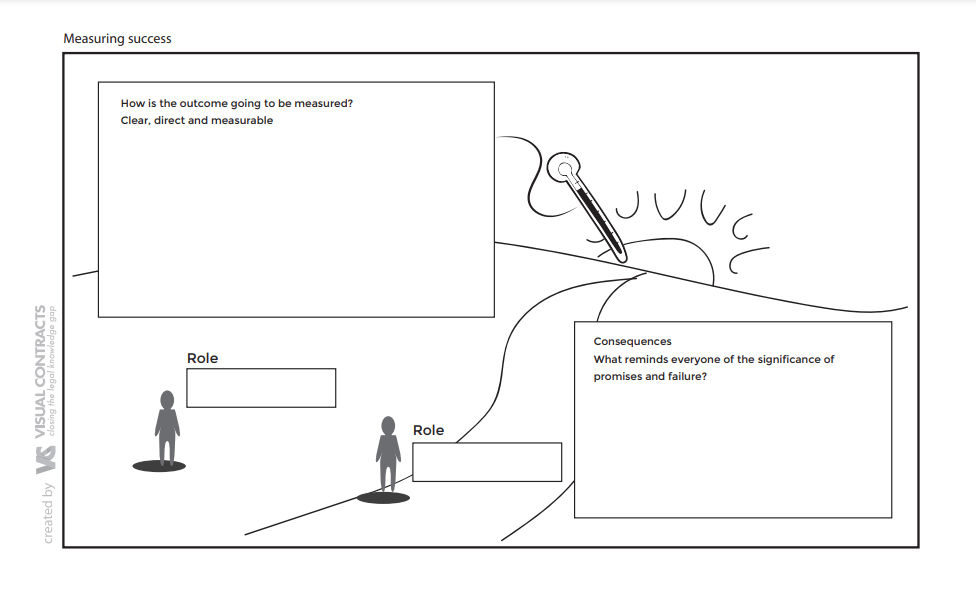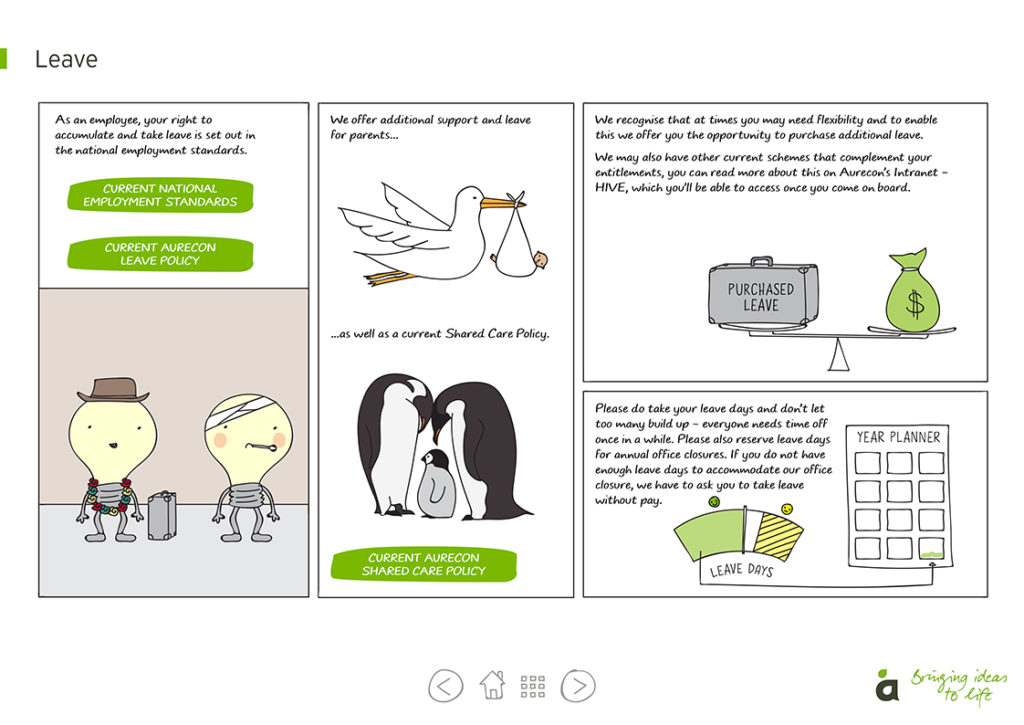Legal Design is a user-centric solution-building tool that aims to make the law accessible, easy to understand, and usable, through the processes of design thinking and visual retention (infographics, charts, graphs, Venn diagrams, illustrations, etc.)
A survey conducted by IACCM reveals that only 1 out of 10 people find contracts ‘easy to understand’ (Read more). This is largely due to the language and medium that is used and the perception of law that people have (‘contracts are a necessary evil instead of something you can use to distinguish yourself with’.)
To know more about Legal Design read our beginner’s guide here.

Source: British Retail Consortium
What are Visual Contracts?
Visual Contracts, as the name suggests, take a leap from long texts and complicated legal jargon to easy to understand, user-centric visuals and texts that make them more accessible and engaging. However, the extent of the impact and aim of visual contracts is not limited to images and diagrams. Any format that brings better user experience, transparency, and ease in decision making, with simpler language, and accessible themes, qualify as visual contracts.
How do Visual Contracts benefit their stakeholders?
- The Layman/ Client: Visual Contracts are easy to understand. They elevate user experience and empower them to understand the terms of the contract. This instills a basic understanding of the law, and decreases user dependency on lawyers, apart from matters that require legal expertise.
- Legal Counsel: Visual Contracts can help lawyers convey their knowledge and expertise in an engaging manner, plus increase their client base. Since Visual Contracts are based on design thinking, this skill instills a different solution-building approach in lawyers. An approach that is user-centric, innovation-driven, and emphatic. Design thinking takes recourse in tools like mind mapping, personna profile, bullseye diagram, etc, these techniques help lawyers work efficiently and understand their users better.
- Business: Visual Contracts can help businesses increase transparency and users’ trust through contracts that are easy to navigate and imbibe.
Are Visual Contracts enforceable?
Yes, Visual Contracts are enforceable. However, their market penetration and adoption in the legal world are steady. In India, the enforceability of Visual Contracts is governed by The Indian Contract Act, 1872. If a Visual Contract qualifies all essentials of a valid contract under the Indian Contract Act, 1872, it is enforceable and valid. To know more, read here.
How to make Visual Contracts?
You can use the following galleries and toolkits to get started on your journey to create Visual Contracts:
- The Legal Design Pattern Library – https://legaltechdesign.com/LegalDesignToolbox/smart-legal-design-pattern-library/
- Contract Design Pattern Library – World Commerce and Contracting – https://contract-design.worldcc.com/
- Stefania Passera – Gallery – https://stefaniapassera.com/project-type/legaldesign/





1 thought on “Visual Contracts: The What, Why, and How”